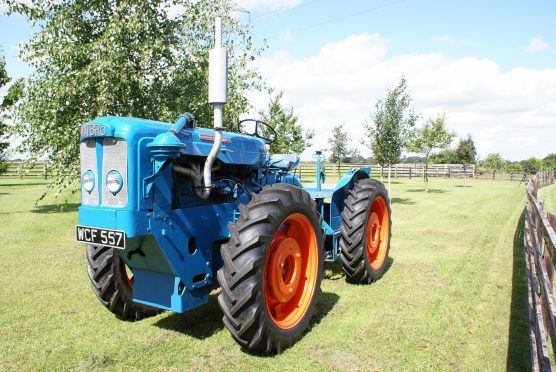Matbro was strongly connected to agriculture with its range of popular telescopic material handlers until they were withdrawn, they later appeared as John Deere and Terex machines.
The origins of Matbro date back to 1946 when brothers Horace and Leonard Mathew began trading World War II surplus equipment such as batteries, compressors, etc, using a secondhand Clark forklift for handling the goods.
They were based in Surrey and their unmetalled yard meant the industrial forklift kept getting stuck. Len used his engineering ingenuity to design a machine more suitable for their needs. Based on a Fordson E27N it proved to be a much more successful machine that the brothers put it into production.
From 1950 a line of forklifts emerged followed by loaders and backhoes. A manufacturing site was opened at Horley and this arm of the business was incorporated as Matbro Ltd. Len, with his engineer George Chapman, began working on a centre-pivot steer loading shovel. By 1957 a successful design based on two Fordson Super Major axles and a Ford 590E engine emerged and the design was patented.
This machine provided the basis of the firm’s brief entry into the tractor market. The Matbro Mastiff was designed to appeal to farmers using crawlers on heavy land. Like the loading shovel it featured four wheel drive and a larger 100hp six cylinder engine. A beefed up back end and plenty of ballast up front gave it good performance but because of the complex design and high development costs it was too expensive for many farmers.
Only 20 were built with six exported to Israel, Sweden and Denmark before production was halted in 1964, subsequently these tractors have become extremely collectable. Matbro did have another go with the design using a Ford 5000 as the base in 1967 but only one was produced.
The episode cost Matbro a great deal of money but with loading shovels selling well and their pivot steer designs licensed to Caterpillar, International and Allis Chalmers for a great deal of money, Matbro’s dalliance with tractors was not that harmful.
